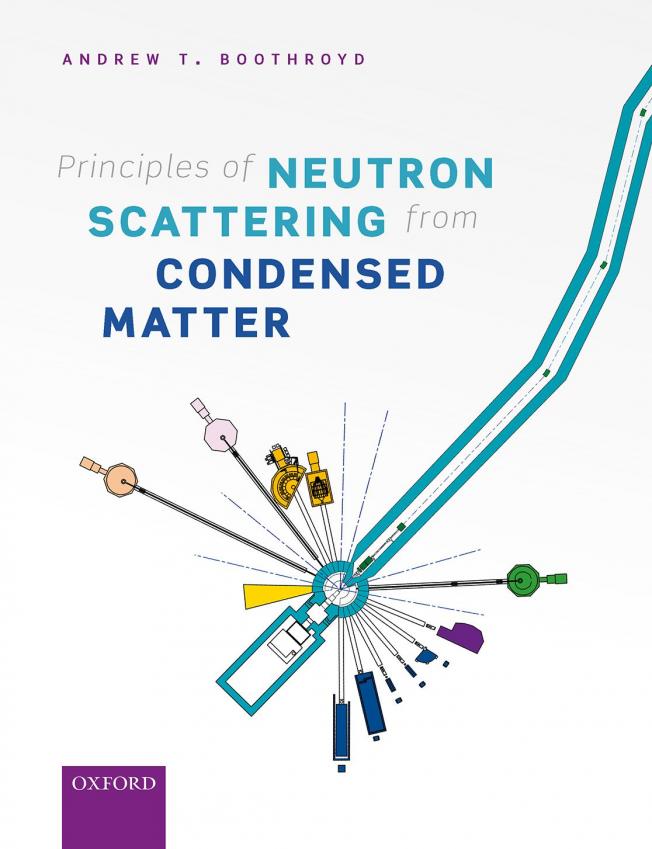Resonant Soft X-ray Scattering Investigation of Orbital and Magnetic Ordering in $\rm La_{0.5}Sr_{1.5}MnO_4$
(2004)
Crystal growth of Nax CoC2 under different atmospheres
Journal of Crystal Growth 271:1-2 (2004) 74-80
Abstract:
We have investigated the optimum conditions for the growth of Na xCoO2 single crystals by the optical floating-zone technique. A significant reduction in Na loss, was achieved by using a high-pressure growth atmosphere. A high-pressure oxygen-rich atmosphere during crystal growth was found to reduce the presence of CO3O4 impurity phase in the grown crystal. The magnetic properties of powder and single crystal samples were measured by superconducting quantum interference device (SQUID) magnetometry and found to vary according to the preparation conditions. © 2004 Elsevier B.V. All rights reserved.Incommensurate charge stripe ordering in La2-x Sr x NiO4 for x=(0.33,0.30,0.275)
Physical Review B - Condensed Matter and Materials Physics 70:14 (2004)


